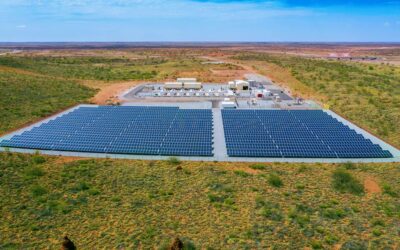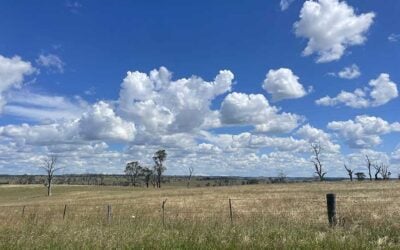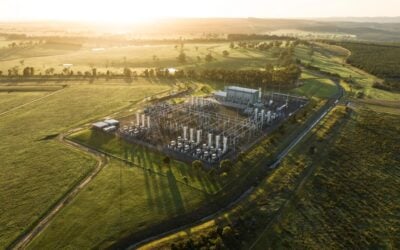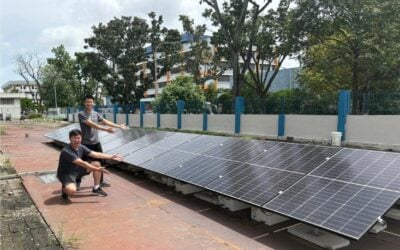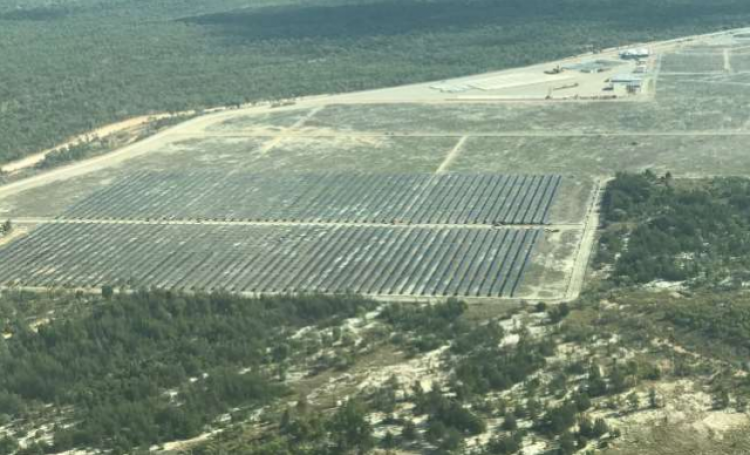
Genex Power has bought up a 2GW clean energy project which it intends to build in five stages beginning with a large-scale battery system, in Queensland, Australia.
The renewable energy developer and power producer announced this morning that it has acquired a 100% interest in development rights for the Bulli Creek project from its original developer Solar Choice.
Enjoy 12 months of exclusive analysis
- Regular insight and analysis of the industry’s biggest developments
- In-depth interviews with the industry’s leading figures
- Annual digital subscription to the PV Tech Power journal
- Discounts on Solar Media’s portfolio of events, in-person and virtual
Genex’s plans for the site begin with its first stage, a proposed 400MW/1,600MWh battery energy storage system (BESS). At that sizing and that capacity, it would be equal to the project bearing the title of world’s biggest BESS, Moss Landing Energy Storage Facility in California.
It’s about 100km from the city of Toowoomba in southeast Queensland and subsequent stages would add solar PV generation.
That would begin with an initial 475MW to 675MW of PV, eventually adding up to the 2GW figure given by Genex in a release to the Australian Stock Exchange (ASX).
Solar Choice began development on Bulli Creek back in 2013, choosing the 5,000-hectare site due to its proximity to both grid infrastructure and electricity demand centres.
It is 4km from Bulli Creek 330kV substation which feeds the Queensland-to-New South Wales interconnector as well as being close to demand from Brisbane as well as a Regional Reference Node – one of the interconnection points at which prices for the National Electricity Market (NEM) are set. Proximity to the substation in particular means low grid connection costs, which can be an expensive component of any electricity project.
Bulli Creek already has development approval from the Queensland state government, as well as Environmental Protection Biodiversity and Conservation Approval and clearance Aboriginal Cultural Heritage for the whole site.
Genex expects to be making a Final Investment Decision on the project in the second half of the 2024 calendar year. Solar Choice will receive development fees from the purchaser, and Genex is seeking joint development partners to work with. CEO James Harding said discussions with some potential partners have already begun.
It will be the Australian company’s second battery storage project to date. Genex achieved financial close on the first, Bouldecombe Battery Project, a 50MW/100MWh facility also in Queensland in February this year.
Construction on Bouldercombe is underway, while at the same time Genex is the driving force behind the 250MW/2,000MWh Kidston 2 pumped hydro energy storage (PHES), Australia’s first new large-scale pumped hydro project since the early 1980s and in construction next to the company’s Kidston solar PV plant, again in Queensland.
“The Bulli Creek Battery Project is a continuation of our battery strategy and will be one of the largest battery energy storage systems in the National Electricity Market,” CEO James Harding said.
“This represents an exciting opportunity for Genex to apply the extensive market knowledge and learnings gained from the development of the Kidston Pumped Storage Hydro Project as well as the Bouldercombe Battery Project.”
The company said volatility in Australian electricity prices reflected in market activity across the NEM show the urgent need for dispatchable power from low emissions sources into the market, such as the Bulli Creek, Bouldercombe and Kidston 2 assets.
Genex has been the recent target of a takeover bid worth AU$319 million (US$222.5 million) from Skip Essential Infrastructure Fund and Stonepeak Partners, which the clean energy company rejected. CEO James Harding however told Reuters News Agency today that the company remains open to discussions with the prospective buyers.

